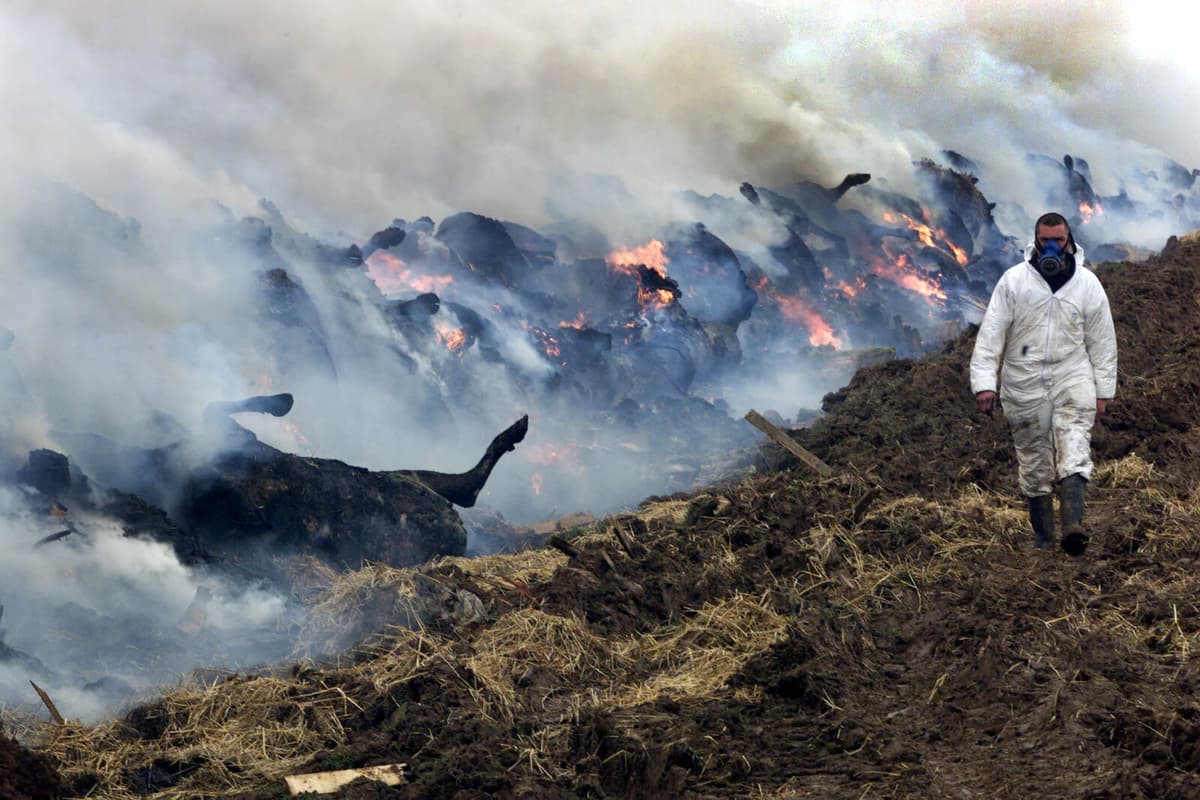The National Veterinary Institute had not received any confirmed information by 2 pm from their German colleagues. So Maria Nöremark is a bit cautious in commenting on the outbreak itself.
However, the disease is relatively rare and subject to major restrictions because it is highly contagious. It spreads, among other things, through the wind, which is why facilities are cordoned off over a wide area.
Does not infect humans
For animals, the disease has severe consequences, including blisters in the mouth and on the hooves, although it is not fatal in itself.
But it is incredibly painful, says Maria Nöremark.
The disease is not dangerous to humans, it does not infect from animal to human.
However, the consequences are still significant. The animals on the facilities are usually put down to prevent the virus from spreading further.
Last major outbreak in 2001
If the reports are confirmed, the National Veterinary Institute (SVA) will conduct a rapid risk assessment, where trade in animals and animal products will be quickly traced to see if the infection may have entered Sweden.
The animal industry will receive information so that everyone is on their toes, says Nöremark.
It is a notifiable disease, she says.
The last major outbreak in Europe was in the UK in 2001, which had a significant impact on British meat exports for years.
In Sweden, the disease has not existed since the 1960s.





